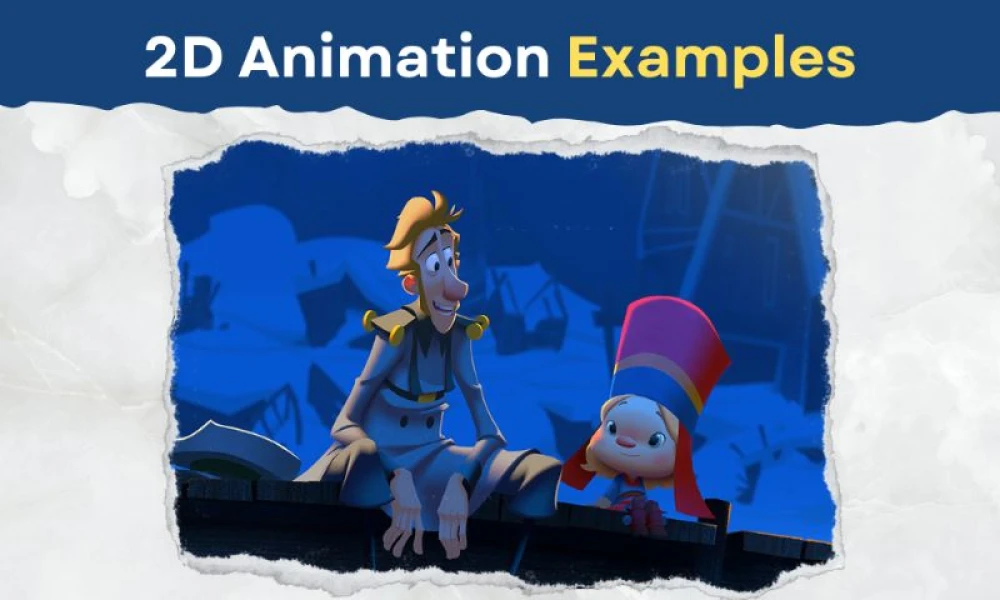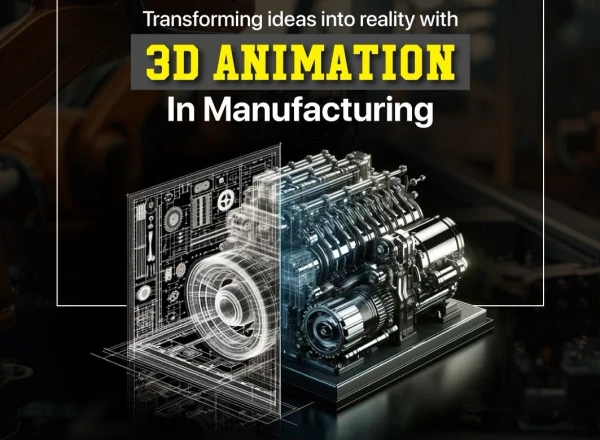Table of Contents
1).What is 2d animation?
Vector-based animations, such to those used in Flash, are referred to as 2D animation. Because the technology is so accessible, this type of animation is gaining popularity. Although artists can adjust frames by frame, vector-based animation allows them to design rigs for their figures and move single body parts at a time rather than constantly redrawing them.
Let's check some of our best 2D animation works,
Triface International offers high-quality 2D animation services that are perfect for businesses of all sizes.
Our team of skilled animators and designers use the latest tools and techniques to create engaging and captivating 2D animations that bring your ideas to life.
2).what is the most popular 2d animation?

The most popular 2D animation can vary depending on personal preferences and cultural contexts. However, one of the most iconic and enduring examples of 2D animation is Disney's "The Lion King."
Released in 1994,this animated film captured the hearts of millions worldwide with its stunning visuals, memorable characters, and a powerful story inspired by Shakespeare's "Hamlet."
"The Lion King" became a massive commercial success and has since become a beloved classic, solidifying its place in animation history. However, it's important to note that there are numerous other highly popular and influential 2D animated films, such as Disney's "Beauty and the Beast," Studio Ghibli's "Spirited Away," and Warner Bros.' "The Iron Giant," among many others.
3).what is 2d animation video?
A 2D animation video is a type of animation created using two-dimensional graphics. , also known as frames, at a rapid pace. Each frame contains the necessary elements, such as characters, backgrounds, and objects, drawn or digitally created on a two-dimensional plane.
The process of creating a 2D animation video typically involves several steps. First, the animator sketches or designs the keyframes, the animator fills in the intermediate frames, known as "in-betweens," to create a smooth transition between the keyframes. This process is often aided by the use of specialized software or drawing tablets.
Once the frames are completed, they are compiled and played back at a high frame rate, usually 24 frames per second (fps) or 30 fps, to give the illusion of movement. Sound effects, voiceovers, and music may also be added to enhance the storytelling and overall experience of the animation.
2D animation videos are used in various forms of media, including films, television shows, advertisements, explainer videos, educational content, and video games. They offer a versatile and visually appealing way to convey stories, ideas, and information through the art of animation.
4).how to make 2d animation?
Creating a 2D animation involves several steps and requires a combination of artistic skills and digital tools. Here's a general overview of the process:
Steps:
1. Concept and Storyboard:
Start by developing your idea and creating a storyboard. A storyboard is a sequence of rough sketches that outline the key scenes and actions in your animation.
2. Character Design:
Create the visual designs for your characters, considering their appearance, personality, and movement. You can draw them by hand or use digital software to create digital character designs.
3. Background Design:
Design the backgrounds or settings where your animation will take place. This can be done through hand-drawn artwork or digital illustrations.
4. Animatic:
Create a rough version of your animation called an animatic. It involves arranging the storyboard images in sequence and adding basic timing to get a sense of the timing and pacing of your animation.
5. Animation Software:
Choose an animation software that suits your needs and level of expertise. Popular software options include Adobe Animate, Toon Boom Harmony, and TV Paint. Familiarize yourself with the software's tools and interface.
6. Add Details and Refine:
Once the basic animation is complete, add finer details to your characters and backgrounds. Add color, textures, shading, and any additional elements to enhance the visual appeal.
7. Sound and Effects:
Incorporate sound effects, dialogue, and music into your animation to enhance the storytelling. You can also add special effects or transitions if desired.
Remember, learning 2D animation takes practice and patience.
5).what is the different between 2d and 3d graphic?
The main difference between 2D and 3D graphics lies in their dimensions and representation:
1. 2D Graphics:
2D graphics are flat and have two dimensions: width and height. They are created on a two-dimensional plane and lack depth or the illusion of depth. Examples of 2D graphics include drawings, paintings, illustrations, and traditional cartoons. In the context of animation, 2D graphics typically involve creating and animating characters, objects, and backgrounds in a two-dimensional space.
2. 3D Graphics:
3D graphics, on the other hand, simulate a three-dimensional space and have width, height, and depth. They create the illusion of depth and allow objects to be viewed from multiple angles. 3D graphics are created using specialized software and involve modeling objects in a virtual 3D space, adding textures, lighting, and rendering the final image or animation. 3D graphics are commonly used in movies, video games, architectural visualizations, product designs, and virtual reality experiences.
Here,Both 2D and 3D graphics have their own unique applications and artistic styles, and the choice between them depends on the specific project requirements, desired visual style, and intended use.
6).why 2d animation is better than 3d
The preference for 2D animation over 3D animation or vice versa is subjective and depends on various factors. While both types have their own strengths and applications, here are a few reasons why some may consider 2D animation to be preferable:
1. Artistic Style and Charm:
2D animation often carries a certain charm and aesthetic appeal that can be attributed to its traditional, hand-drawn origins. It allows for more stylized and artistic interpretations, giving animators greater freedom to express their creativity and create unique visual styles.
2. Simplicity and Accessibility:
2D animation often carries a certain charm and aesthetic appeal that can be attributed to its traditional, hand-drawn origins. It allows for more stylized and artistic interpretations, giving animators greater freedom to express their creativity and create unique visual styles.
3. Cost-Effectiveness:
In some cases, 2D animation can be more cost-effective, particularly for smaller-scale projects or those with limited budgets. Creating and animating 2D characters and backgrounds may require fewer resources and time compared to 3D modeling, rigging, and rendering processes.
4. Expressive Character Animation:
2D animation offers a unique opportunity to capture nuanced and expressive character performances. The ability to hand-draw and manipulate every frame allows animators to convey emotions and subtle movements with precision.
It's important to note that 3D animation also has numerous advantages, including its ability to create realistic and immersive environments, complex visual effects, and dynamic camera movements. The choice between 2D and 3D animation ultimately depends on the specific project requirements, desired visual style, and the animator's skill set and artistic vision.










